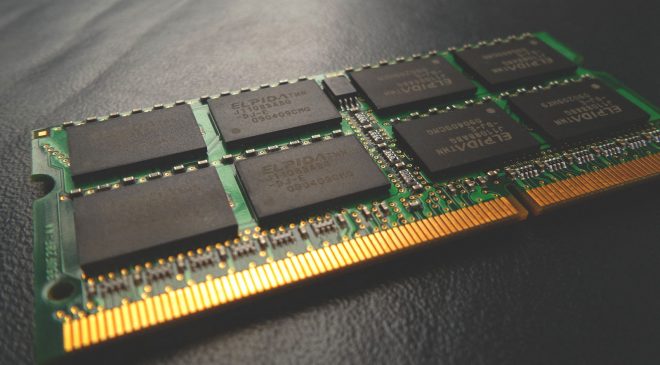
Expected memory revenue growth of 13.9 per cent could help prevent steep decline
Due to the impact of the coronavirus on semiconductor supply and demand, worldwide semiconductor revenue is forecast to decline 0.9 per cent in 2020, according to Gartner. This is down from the previous quarter’s forecast of 12.5 percent growth.
“The wide spread of COVID-19 across the world and the resulting strong actions by governments to contain the spread will have a far more severe impact on demand than initially predicted,” said Richard Gordon, research practice vice president at Gartner.
“This year’s forecast could have been worse, but growth in memory could prevent a steep decline.”
Overall, 2020 global semiconductor revenue has been reduced from the previous quarter’s forecast by USD$55 billion, to USD$415.4 billion.
The 2020 total market growth has been reduced from 12.5 per cent to a decline of 0.9per cent, with nonmemory expected to decline 6.1 per cent, while memory is forecast to grow 13.9 per cent.
Strong demand from cloud service providers in the first half of 2020 will push pricing and revenue higher in server DRAM. However, this growth will be more than offset by weak demand and falling prices from the smartphone market. For the DRAM market overall, Gartner analysts estimate DRAM revenue will decline 2.4 per cent in 2020.
“The hyperscale datacentre and communications infrastructure sectors will prove more resilient with continued strategic investment required to support increased remote working and online access,” said Gordon.
Semiconductor memory revenue will account for 30per cent of the total worldwide semiconductor market in 2020. The memory market is forecast to reach USD$124.7 billion in 2020, an increase of 13.9 per cent, while the nonmemory revenue market is on pace to total USD$290.6 billion, a decline of 6.1 per cent year over year.
Within memory, NAND flash revenue is forecast to grow 40 per cent in 2020 due to severe shortages persisting from 2019, which keeps pricing firm.
“NAND flash supply will remain historically low in 2020 due to fab delays and technology transitions, but the demand will diminish later in 2020,” said Gordon.
“Initial price increases of 15.7 per cent during the first half of 2020 will reverse to a 9.4 per cent decline during the second half of the year. However, average pricing levels will still enable NAND flash revenue to achieve growth this year.”




